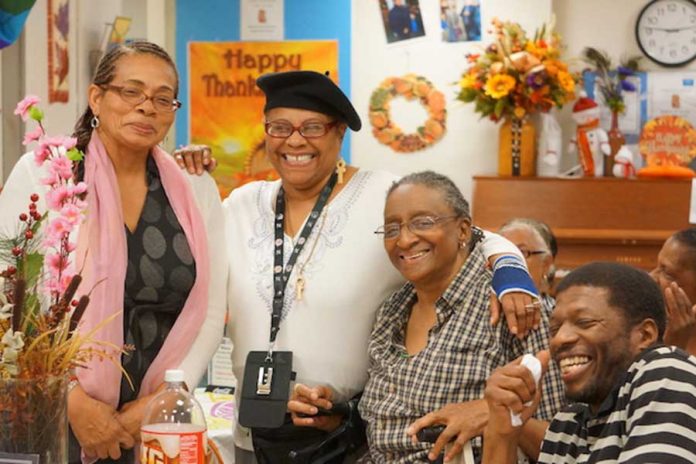February is Black History Month and this issue of PGN is senior- and elder- focused. Considering we’ve arrived in the year 2020, many of our Black seniors were born in the 1930s-50s, coming of age before and during the civil rights movement. While battling the violence of Jim Crow laws and backlash from the civil rights movement, many of these folks were concurrently dealing with homophobia and transphobia, during a time when homosexuality and sodomy were against the law and offered another reason for violence. Some LGBTQ members of the Black community were ostracized from civil rights groups in various locales. Even out gay activist Bayard Rustin, one of Martin Luther King Jr.’s right-hand men, faced criticism from within the movement. This, of course, was not always the case. In a 1970 speech, Huey Newton, Black Panthers founder, said, “The women’s liberation front and the gay liberation front are our friends, they are our potential allies, and we need as many allies as possible.”
But all of this, combined with contemporary society’s continued ageism, racism and homophobia can mean severe systemic injustice, invisibility and a lack of resources for Black LGBTQ seniors.
“Aging with Pride: the National Health, Aging, and Sexuality/Gender Study,” found that African American LGBT older adults reported higher lifetime levels of LGBT-related discrimination than white LGBT older adults and reported lower levels of household income, educational attainment, identity affirmation and social support, and higher levels of identity stigma.
The Movement Advancement Project found that 40 percent of Black and Latinx LGBTQ older adults live at or below 200 percent of the federal poverty level and that while 54 percent of white LGBT people over the age of 50 are partnered, only 29 percent of Black LGBT people are.
In SAGE’s survey to LGBT older respondents in their 60s and 70s, 23 percent of African Americans responded that their healthcare provider did not know about their sexual orientation, compared to 16 percent of white respondents.
African Americans also comprised 46 percent of new HIV diagnoses in 2015 among people aged 55 and over, according to the Center for Disease Control.
When you take into account all of these factors, LGBTQ Black seniors, who fought for our rights and were subjected to unfathomable discrimination, are continuing to battle poverty and economic hardship while facing isolation in an often single-income household. A lack of transparency with healthcare providers for fear of discrimination is likely a factor in higher HIV diagnoses, along with healthcare providers’ bias when giving care to Black Americans.
In Philadelphia, Black Americans are the majority, making up 42.27 percent of the total population, according to the Census Bureau’s most recent American Community Survey. And, we all know Philly has a thriving LGBTQ community. Any of these aforementioned issues are compounded in our locale. This city needs to understand what LGBTQ Black seniors are facing so that equitable resources are provided for our legends, heroes, siblings, parents, grandparents and friends. It’s time we make our Black elders visible and fight against the ageism that keeps these issues hidden.
